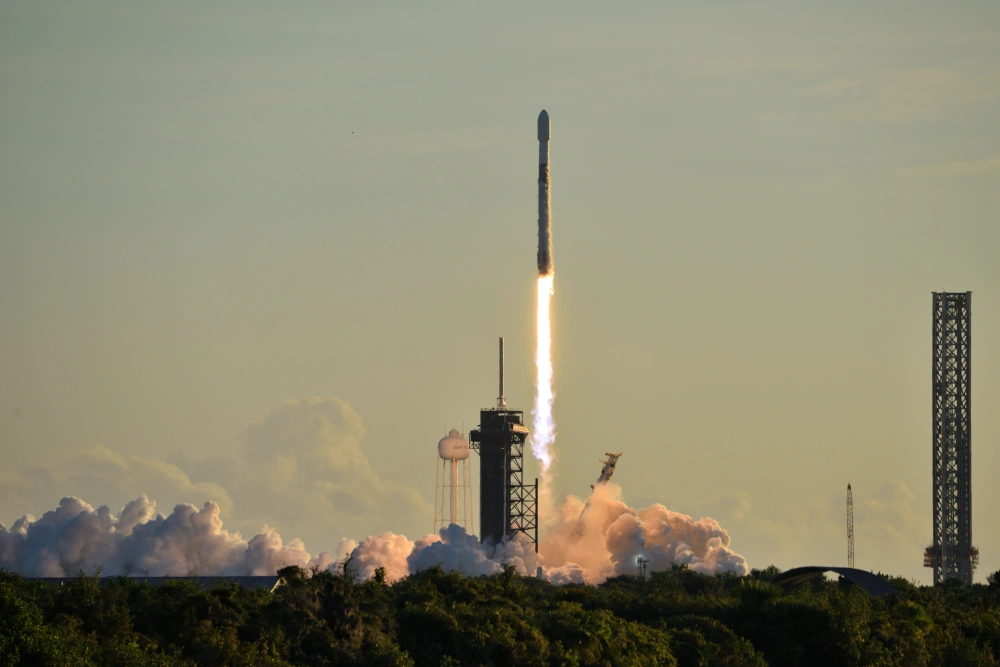Three new missions are now space-bound, set to study space weather and map the interaction between the region where the Sun reigns and the clash with cosmic particles from beyond.
NASA’s Interstellar Mapping and Acceleration Probe (IMAP) launched on a SpaceX Falcon 9 rocket from LC-39A at the Kennedy Space Center on the Florida Space Coast on September 24th. Liftoff occurred at 7:30 a.m. EDT / 11:30 UT. The launch was photogenic, lifting off right after local sunrise.
IMAP and two associated rideshares (Space Weather Follow On-Lagrange 1, or SWFO L1, and the Carruthers Geocorona Observatory) all successfully separated from the Falcon upper stage and deployed starting at T+83 minutes after liftoff.
The IMAP mission and the two smaller satellites accompanying it are headed toward a Lissajous (halo) orbit around the L1 Sun-Earth Lagrange point, located just under a million miles (1.5 million kilometers) sunward from Earth. Other missions in that orbital region include NASA’s Solar Heliospheric Observatory (SOHO) and the Advanced Composition Explorer (ACE) observatory as well as India’s Aditya L1 solar mission.
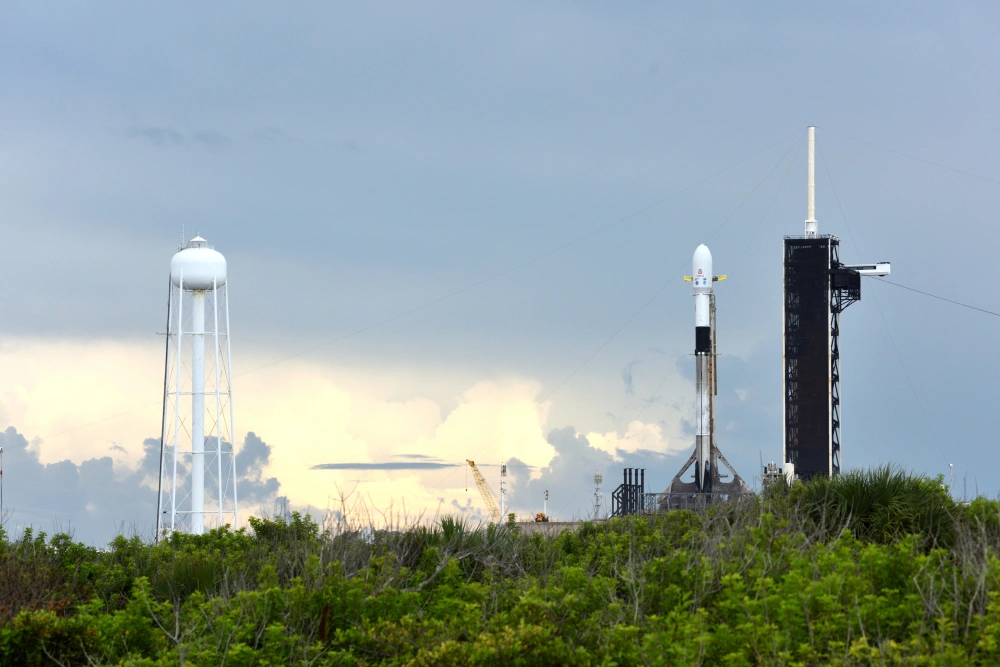
Kirby Kahler
The L1 destination is crucial to mission success. “The L1 orbit is valuable because it places IMAP in a prime position to continuously monitor the Sun,” says Matina Gkioulidou (Johns Hopkins APL). Observing from L1 also gives the spacecraft a good view of energetic neutral atoms. These atoms are energized by collisions with speedy particles, such as those coming from the Sun, and because they are neutral rather than charged, they can shed light on region of space dominated by the Sun’s magnetic field (the heliosphere).
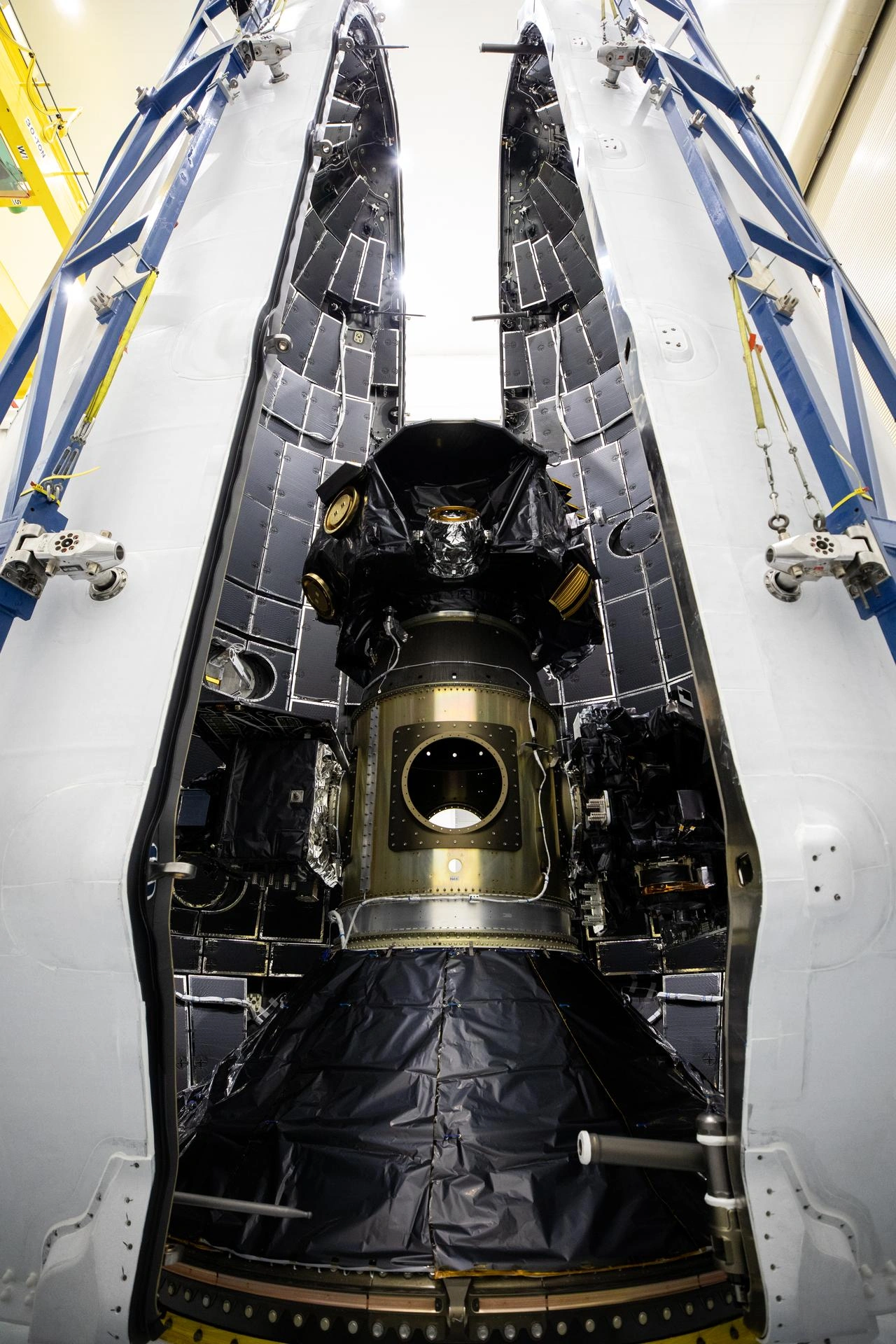
NASA
The Science of IMAP
Manufactured by Applied Physics Laboratory, IMAP weighs nearly a ton (900 kilograms). IMAP is about the size of a hot tub, while SWFO L1 is smaller, about the size of an upright washing machine.
IMAP was built to address two related science questions: How are energetic particles in the heliosphere accelerated? And how does the solar wind interact with particles coming from outside our solar system?
Studying these interactions can help protect satellites in Earth orbit, as well as astronauts going on missions to the Moon and, eventually, Mars. Artemis II astronauts are set to venture beyond low-Earth orbit next year for the first time in over 50 years.
“IMAP helps set the stage for future operational space-weather satellites,” says Gkioulidou. “IMAP will broadcast 24/7, near-real-time space-weather data through the Active Link for Real-Time (I-ALiRT) architecture. [The mission] will create a more complete picture of solar activity and its potential impacts to advance space weather forecasting.”
The spacecraft platform carries a suite of 10 instruments to perform its mission. These work at a variety of energy regimes, some of which overlap with other missions, such as NASA’s Interstellar Boundary Explorer (IBEX). The instruments, including charged particle detector and energetic neutral atom detectors, were designed to carry out coordinated measurements. Many are actually duplicates of proven instruments flying on other missions. For example, IMAP-Ultra s a duplicate of the Jupiter Energetic Neutral Imager on the JUICE mission, and the Solar Wind and Pick-up Ion instrument resembles the Solar Wind Around Pluto instrument on New Horizons.
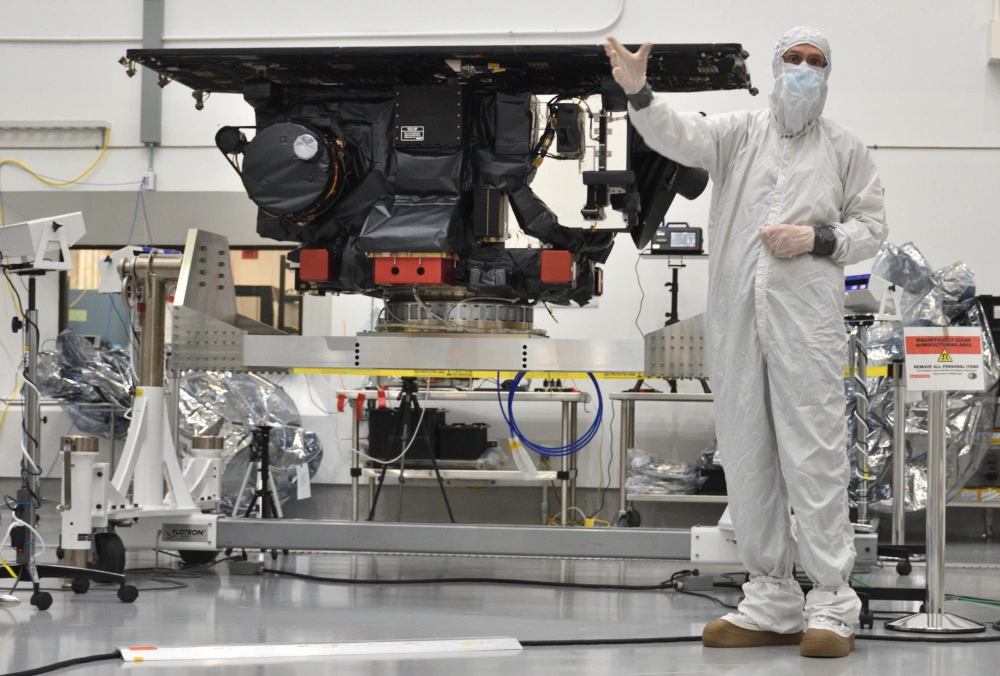
Kirby Kahler
Space Weather Monitors
Two other rideshares that launched with IMAP are likewise hitching a ride to the L1 point to observe space weather.
First is NASA’s Carruthers Geocorona Observatory (previously called Global Lyman-alpha Imagers of the Dynamic Exosphere, or GLIDE). This pioneering mission will measure far-ultraviolet emissions from Earth’s tenuous outermost atmosphere, or exosphere, which extends nearly halfway to the Moon. The Carruthers team will seek to understand how this layer recovers from space weather events, such as corona mass ejections, or clouds of particles that explode off of the Sun. The spacecraft is named after space physicist George Carruthers, who designed the ultraviolet spectrograph that flew to the Moon on Apollo 16 in 1972.
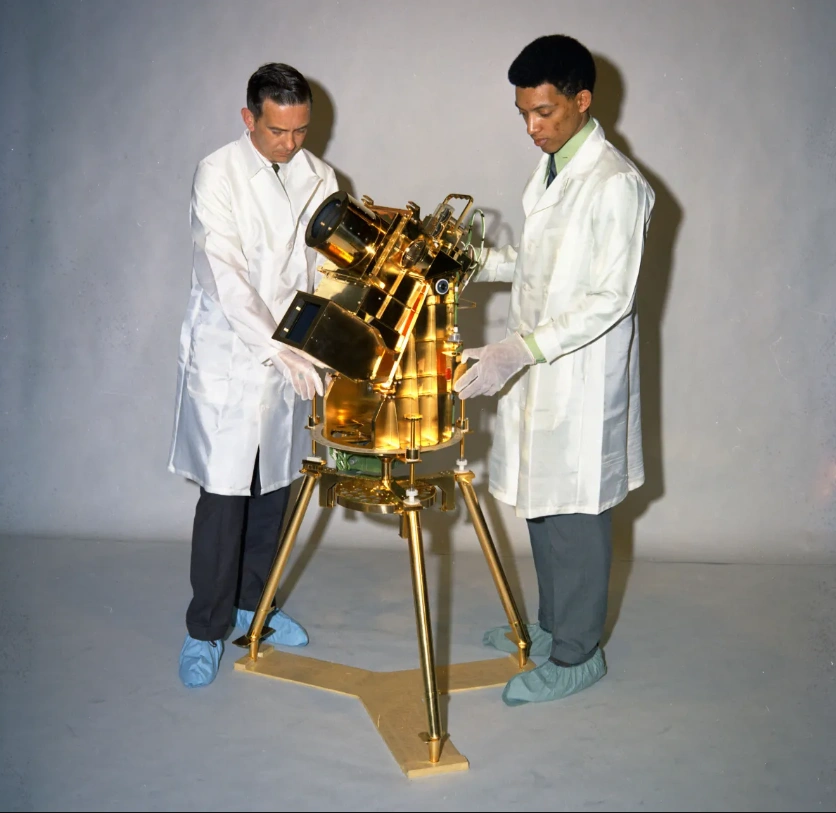
U.S. Naval Research Laboratory
Flying with the other two missions is NOAA’s SWFO L1, part of that agency’s Space Weather Follow-on Program. SWFO L1 will monitor the Sun for space weather events such as coronal mass ejections. SWFO L1 is a next-generation replacement for NASA’s Deep Space Climate Observatory (DSCVR, also at L1) and the aging ACE spacecraft, which also both monitor the space weather and magnetic field. SWFO L1 also carries a coronagraph to augment and replace those on the venerable SOHO mission.
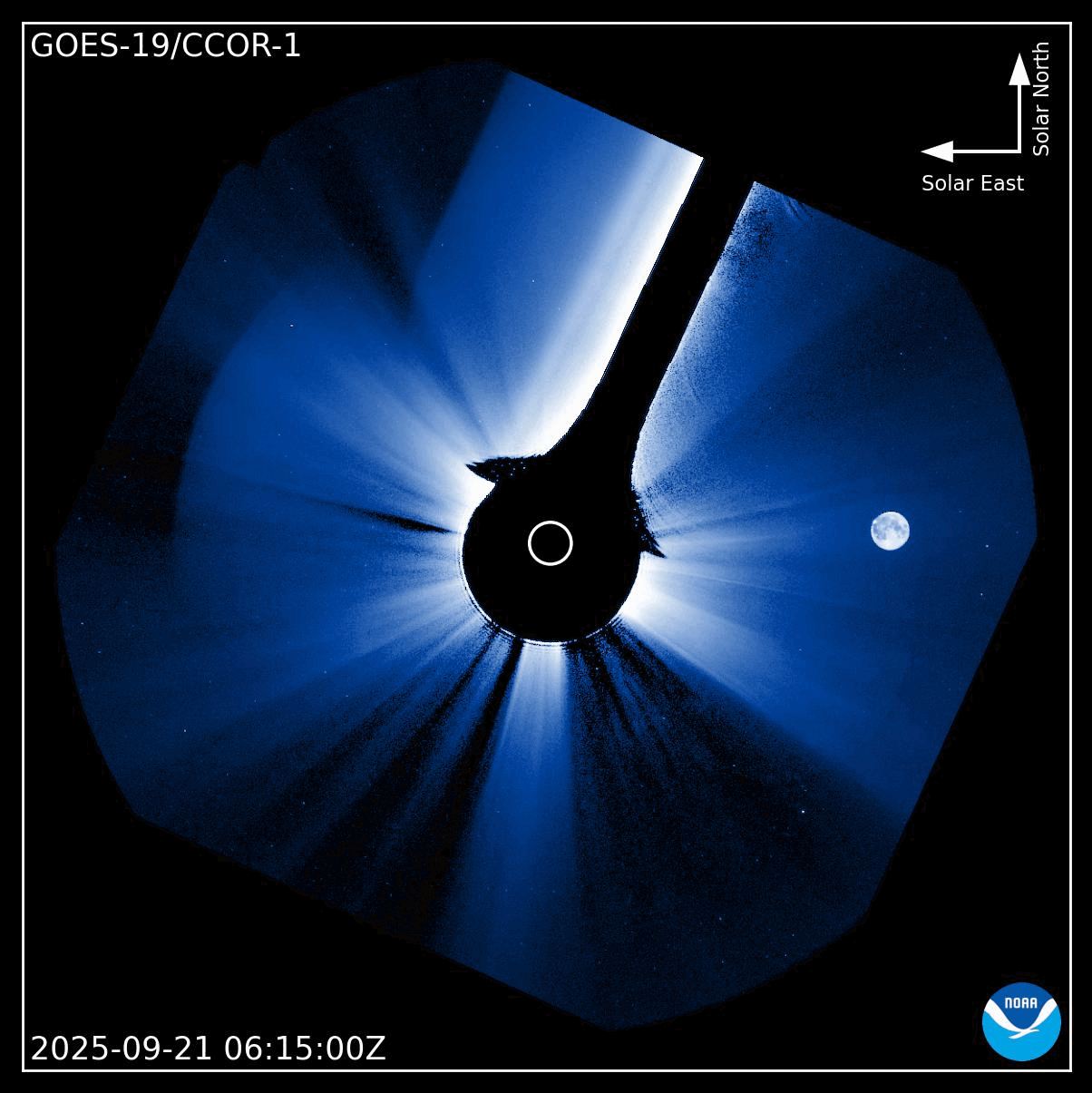
NOAA
“NASA’s IMAP and Carruthers observatories are research missions, while SWFO-L1 is fully dedicated to continuous, operational space-weather observations,” says John Bateman (NOAA). “That means SWFO L1 will constantly stream data down to Earth and detect solar storms in advance, serving as an early warning beacon for potentially disruptive space weather. It will help safeguard Earth’s critical infrastructure and technological-dependent industries.” Like ACE and SOHO, SWFO L1 data will be available to the public through NOAA’s Space Weather Prediction Center.
The missions will arrive at L1 around the beginning of next year, and we should start seeing science results after a six-month commissioning phase. IMAP has a three-year nominal mission, with plans for an extension of an additional five years; Carruthers has a nominal mission of two years.
It’ll be exciting see IMAP, SFWO L1, and the Carruthers missions get down to business in the next year.

